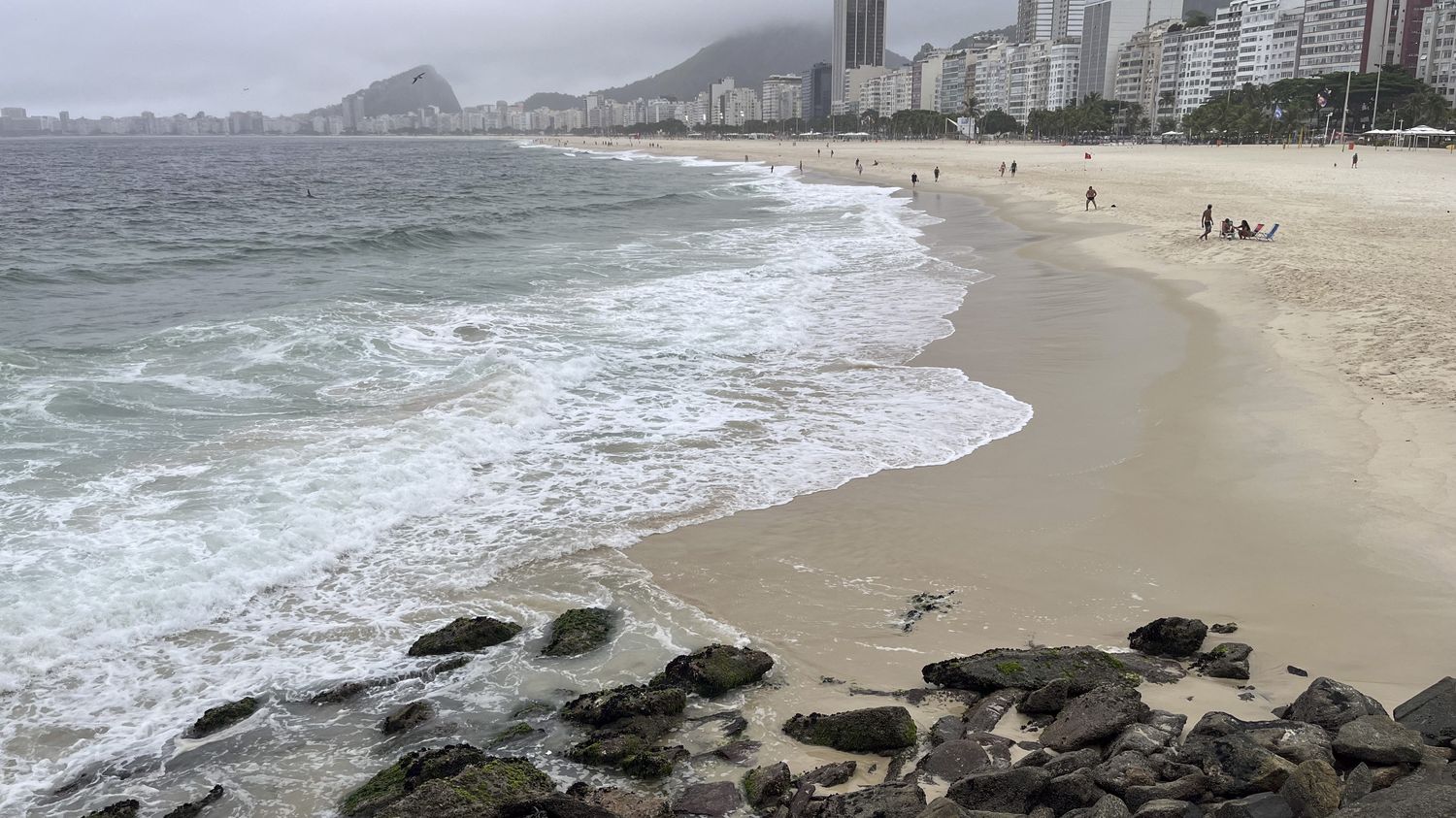La Niña is expected to return in the fall. Unlike El Niño, this meteorological phenomenon has the effect of lowering the water and air temperature in the equatorial Pacific zone.

Published
Update
Reading time: 2 min

La Niña has a seven in ten chance of making a return between August and November, says the World Meteorological Organization. Indeed, this natural cyclical meteorological phenomenon causes opposite effects to those of El Nino on the global climate. While El Niño allows the release of certain heat reserves in the Pacific Ocean with weakening trade winds, La Niña has the opposite effect of lowering the temperature of the water and air in the equatorial Pacific zone. , by modifying humidity and precipitation conditions, its impact varies depending on the region of the world.
La Niña generally brings more moisture to India, Southeast Asia, northern Brazil, and favors drier conditions in the Middle East and the southern United States, as well as development hurricanes in the Atlantic. According to the American Oceanic and Atmospheric Observation Agency, the 2024 hurricane season, which opens from now on, could also be particularly intense.
La Niña, it’s true, risks having a small impact on global average temperatures, because this cooling will affect the tropical zone, which is quite vast. But for all that, the global climate will continue to warm because of greenhouse gases, which trap heat.
The past nine years have been the warmest on record, and the trend of extreme weather events will continue.
A study just released on May 8 indicates that global warming has made flooding in southern Brazil twice as likely. The latest report shows 172 deaths and 42 missing in the space of two weeks, between the end of April and the beginning of May.
In this context, the World Meteorological Organization has made early warning one of its global priorities. The UN is calling for early warning systems to protect everyone on the planet by 2027, so that people can anticipate the arrival of flood storms or drought.
According to the UN, these alerts not only save lives, but also reduce economic losses and the extent of damage. At this point, one in three people in the world do not benefit from it.
